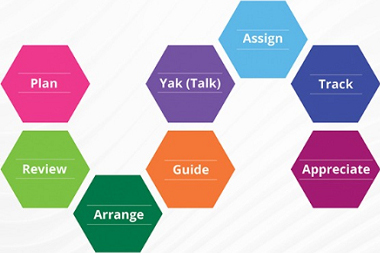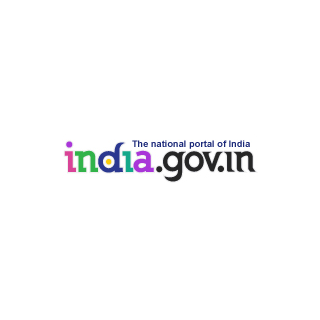
India continues to observe caution in the face of the COVID-19 situation, and is ensuring graded easing of the lockdown. The Unlock 4.0 guidelines have announced an assurance of no more State lockdowns outside Containment zones, in addition to various encouraging measures such as resumption of Metro services from September 7, 2020. The Metro mode of transport is a vital & convenient carrier of personnel that can boost travel for business in urban areas.
In the past 6 months, academics for many school & college students have transitioned to an online model. The Government has announced PRAGYATA guidelines (Plan- Review- Arrange- Guide- Yak (talk)- Assign- Track- Appreciate) to facilitate digital education by assisting school heads, teachers, parents & students in e-learning.
Continuing to invest efforts and resources in Education is a conscious decision to keep nourishing young minds, so that the task of nation building is sustained throughout the pandemic. An educated generation can exercise diligence in a wide range of areas from social to economic, to keep achieving far reaching positive outcomes that include uplifting the quality of citizen lives & ultimately leading to a stronger nation.
PRAGYATA guidelines have been developed from the perspective of learners, with a focus on online/blended/digital education for students who are presently at home due to lockdown. The guidelines on Digital/ Online Education provide a roadmap or pointers for carrying forward online education to enhance the quality of education. An exemplar helps illustrate the specific steps to be taken for
- Completing the lesson plan in details
- Reviewing the availability of digital devices amongst students
- Making arrangements e.g., selecting appropriate medium, groups & time to connect with different category of students, choosing a subject theme to engage students
- Guiding parents of each family to engage with respective children
- Yak/Talking with students to clear doubts
- Assigning tasks to reinforce the learning
- Tracking progress of each student
- Appreciating students & parents
The guidelines are relevant and useful for a diverse set of stakeholders including school heads, teachers, parents, teacher educators and students. The guidelines stress upon the use of alternative academic calendar of NCERT, for both, learners having access to digital devices and learners having limited or no access.
Introduction
COVID-19 pandemic has led to severe disruptions in normal life, including closure of schools. It has impacted over 240 million children of the country who are enrolled in schools. Extended school closures may cause loss of learning. To mitigate the impact of the pandemic, schools will not only have to remodel and re-imagine the way teaching and learning have happened so far, but will also need to introduce a suitable method of delivering quality education through a healthy mix of schooling at home and schooling at school.
Digital Education is an evolving area which is primarily concerned with the teaching-learning-process using digital medium. This has evolved from activities such as sharing of text resources and students submitting assignments online to availability of various types of content such as audio, video and multimedia resources. The continuous advancement in the field of Information and Communication Technology (ICT) and the internet (with virtually unlimited supply of digital resources) has made multiple modes of digital education possible.
With regards to the availability of digital infrastructure, Indian households can be classified into different categories:
- Those who have computers or smartphones with 4G internet access
- Those with smartphones but limited or no internet access
- Those with television with cable or DTH
- Those with a radio set or a basic mobile phone with FM radio
- And those with no communication devices at all
The focus is on the mechanisms of teaching and learning with the help of digital/online education. There are two kinds of online learning and teaching that schools will need to balance based on the feasibility:
- Synchronous: real-time teaching and learning
- Asynchronous: anytime, anywhere learning but not connected on real time
Modes of Digital Education
- Online Mode: when computer/smartphone with internet connectivity is available
- Partially Online Mode: computer/smartphone is available but regular internet is not available
- Offline Mode: Where internet connectivity is not available or available with very less bandwidth e.g. Television, Radio
The guidelines include eight steps of online/digital learning i.e., Plan- Review- Arrange- Guide- Yak (talk)- Assign- Track- Appreciate

Duration for Online Classes
For kindergarten, nursery and pre-school, only 30 minutes of screen time per day for interacting with parents is recommended. Schools can hold live online classes for a maximum of 1.5 hours per day for Classes 1-8, and 3 hours per day for Classes 9-12.
Disclaimer: These guidelines are advisory in nature and have been prepared by NCERT. Many of the suggestions received from various states/UTs in this regard as a part of the consultation process have been incorporated in these guidelines. States/UTs are required to come out with their own detailed guidelines by adapting/ adopting/modifying these guidelines in accordance with their requirements and assessment of the local situation.
Related Links





